#April 1916
Text
April 1916 by Geoffrey Bache Smith
Now spring is come upon the hills in France,
And all the trees are delicately fair,
As heeding not the great guns’ voice, by chance
Brought down the valley on a wandering air:
Now day by day upon the uplands bare
Do gentle, toiling horses draw the plough,
And birds sing often in the orchards where
Spring wantons it with blossoms on her brow—
Aye! but there is no peace in England now.
O little isle amid unquiet seas,
Though grisly messengers knock on many doors,
Though there be many storms among your trees
And all your banners rent with ancient wars;
Yet such a grace and majesty are yours
There be still some, whose glad heart suffereth
All hate can bring from her misgotten stores,
Telling themselves, so England’s self draw breath,
That’s all the happiness on this side death.
#geoffrey bache smith#April 1916#poetry#poets corner#writers and poets#poetsandwriters#english poetry#England#a spring harvest
5 notes
·
View notes
Text

— April 19, 1916 / Franz Kafka diaries
#poor little meow meow#April 19#april#1916#franz kafka#daily kafka#franz kafka diaries#quotes#alt text
428 notes
·
View notes
Text

Dates Due 1916-1930. Beginning right. 1916.
Internet Archive
473 notes
·
View notes
Text
#OTD in Irish History | 22 April:
1365 – Lionel returns to England, leaving Ormond as his deputy.
1671 – An English Navigation Act prohibits direct importation of sugar, tobacco and other produce from the colonies to Ireland; act expires in 1681 but is renewed in 1685 and extended in 1696.
1717 – John Marshall, a successful attorney and father of Robert Marshall, a future MP for Clonmel and an executor of Hester Vanhomrigh…
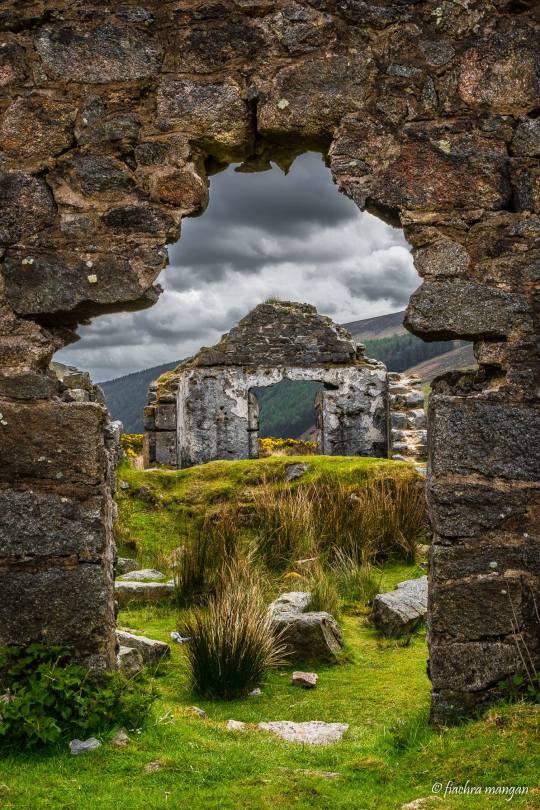
View On WordPress
#irelandinspires#irishhistory#OTD#1916 Easter Rising#22 April#Co. Tyrone#Daniel O&039;Connell#Dungannon#Hill of the O&039;Neill#History#History of Ireland#Ireland#Irish Civil War#Irish History#Sinéad O&039;Connor#Today in Irish History
12 notes
·
View notes
Text

An Anzac Day tribute to the fallen soldiers of Australia & New Zealand
#ANZAC Day#Australia#New Zealand#WWI#1916#Gallipoli#armed forces#Commonwealth#British Empire#25 April 2023
116 notes
·
View notes
Text
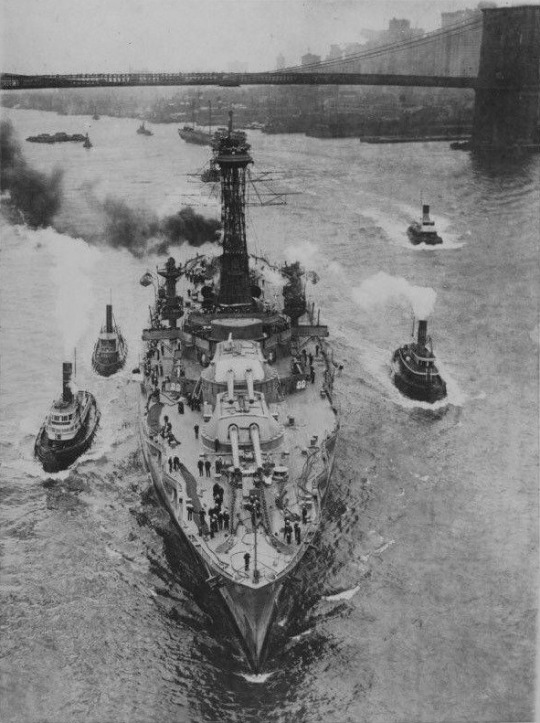
USS TEXAS (BB-35) passing under the Manhattan Bridge on her way to the New York Navy Yard. Her crew had spent 90 days at sea for fleet maneuvers.
Photographed on April 18, 1916.
source, source
#USS Texas (BB-35)#USS Texas#New York Class#dreadnought#battleship#Battleship Texas#Warship#ship#New York City#New York#April#1916#united states navy#us navy#navy#usn#u.s. navy#my post
75 notes
·
View notes
Text








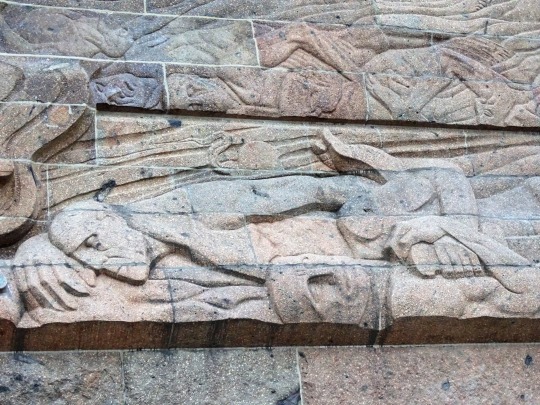













Bruno Schmitz died on April 27, 1916.
#Bruno Schmitz#Monument to the Battle of the Nations#died#death#Leipzig#Völkerschlachtdenkmal#summer 2020#Germany#Saxony#Sachsen#travel#architect#Archangel Michael#See der Tränen#Reflecting Pool#cityscape#architecture#tourist attraction#landmark#Deutschland#exterior#evening light#Christian Behrens#detail#public art#German history#anniversary#original photography#vacation#27 April 1916
3 notes
·
View notes
Text
[I]n the period of eerie suspension before the explosion [...], those who registered the [...] uncanny [...] experience[d] a condition that [...] would become familiar to everyone living in a targeted city during the Cold War: the sense that the present survival and flourishing of the city were simultaneously underwritten and radically threatened by its identity as a nuclear target. [...] [I]nhabitants of Cold War cities [...] became accustomed to a more overt and permanent variant of the uncanny frisson [...]. Lobbing incendiaries and explosives through the roofs and windows […], the British gunners gutted portions of the Dublin city center; during the week of the Rising, 500 people died […]. The more frequent and extreme outbreaks of traumatic violence in everyday urban life […], in the early-twentieth-century imaginary, the city had begun to host new forms of sudden mass death and severe physical destruction.
Cities had, of course, been sites of mass death before 1916.
But the Easter Rising differed from nineteenth-century urban barricade fighting in the use, principally by British soldiers, of more precise and destructive weapons; fired from the ground, from rooftops, and from gunships in the Liffey, the new cannons, incendiaries, and machine guns rapidly reduced whole blocks of the city center to ruins. These emerging military technologies and strategies link the Rising to the Great War then raging in England and on the Continent, whose fields and cities had become proving grounds for new weaponry and modes of warfare. In Ireland and the Great War, [...] “Like the Western Front [the Easter Rising] became a war of attrition, and the lessons of the Western Front were taught again in the streets of Dublin.” […]
---
Though the shelling of Dublin in 1916 reminded observers of Ypres, Louvain, and other European cities ruined in the Great War, it might as credibly have called to mind a different list: Canton, Kagoshima, and Alexandria. During the second half of the nineteenth century, British naval bombardments made rubble of these coastal cities […].
The naval bombardment of undefended cities and civilians, particularly those in colonial territories, paved the way for the first airplane bombardments, in which the imperial powers of Europe dropped bombs on nonwhite, non-European adversaries and anticolonial forces.
Italy pioneered airplane bombardment in 1911 by bombing Arab oases outside Tripoli; British planes bombed Pathans in India in 1915, Egyptian revolutionaries and the Sultan of Farfur in 1916, a Mashud uprising on the Indian-Afghanistan border in 1917, and Somaliland and the Afghan cities of Dacca, Jalalabad, and Kabul in 1919.
---
Several years before the inhabitants of European cities experienced it, aerial bombardment had been established as a uniquely colonial nightmare. [...] [T]he initial use of airplane bombs against colonies was foreseen and even fed by a racist fantasy pervading early-twentieth-century European science fiction, a fantasy of bombing subject races either into submission or out of existence. The willingness of several signatory nations to ignore Article 25 when bombing nonwhite soldiers and civilians made colonial towns and cities the first civilian spaces secured by the implied threat of bombardment from above.
In the world war […] the brief tenure of aerial bombardment as an exclusively colonial technique ended when imperial powers launched the first bombing campaigns against the cities of other imperial powers, initiating a change that would later find its apogee in the nuclear condition: the reconfiguration of the major metropolis as target.
---
Text by: Paul K. Saint-Amour. “Bombing and the Symptom: Traumatic Earliness and the Nuclear Uncanny.” Diacritics Volume 30 Number 4. Winter 2000. [Bold emphasis and some paragraph breaks/contractions added by me.]
21 notes
·
View notes
Text
Future Tense
What makes me nervous?
Easy. Money.
Why do you find money unsettling?
Stability. I want stability.
What does stability look like to you?
A fully-funded future.
What else?
Being able to pay for everything I need.
And?
A comfortable place to live.
And?
Time to travel.
Why are you nervous?
Even the best-planned futures can fail.

View On WordPress
#anxiety#April#dailyprompt#dailyprompt-1916#finances#future#NaPoWriMo#National Poetry Month#nervous#poem#Poetry#Q & A#writing
2 notes
·
View notes
Text

Chicago Ledger, Illinois, April 22, 1916
2K notes
·
View notes
Text

April, 1916 Fashion pages from "Harper's Bazar" magazine. Designs by Lucien and Hats from Gage. Click to enlarge!
198 notes
·
View notes
Text
Artefact No. 1 — Musical figurine, 1916
Found in the attic of a house belonging to an elderly woman long since passed. The figurine looks to be custom made, possibly meant to resemble the recipient’s son depicted in a small photograph tucked away in the base. However, its maker is unknown as well as why it was in the woman’s possession. It is thought to be a memento commissioned to remember her son Pte. T. J. Belrose when he went overseas in 1916. The inscription on the bottom reads, “My heart is always with you”. Pte. Belrose died on the 12th of April 1918 at 22 years old. The young couple who moved into the house noticed a strange melody coming from the attic at night and soon discovered the musical memento thankfully intact. Though the figurine no longer spins, it continues to mysteriously play music on its own without winding the key, most notably at 12:04 just after midnight.
#part of an unplanned series of Great War objects I’ve imagined#I arranged the music myself too!#I want one irl so bad#wwi#illustration#world war one#great war#wwi art#Edwardian#my art
160 notes
·
View notes
Text
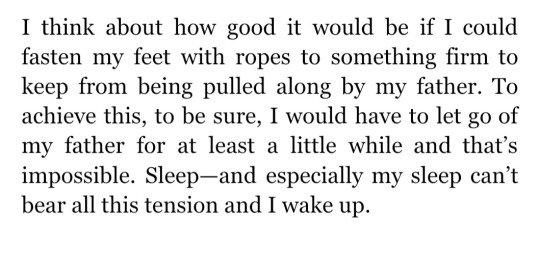
— April 19, 1916 / Franz Kafka diaries
493 notes
·
View notes
Text


Gregory Peck was born on April 5, 1916 #botd
160 notes
·
View notes
Text
#OTD in Irish History | 25 April:
1185 – Henry II sends his son John to Ireland; John lands at Waterford on this date to assert control over Hugh de Lacy, but he fails to achieve this. Henry still suspects that de Lacy wants to be king of Ireland.
1681 – Count Redmond O’Hanlon (outlawed chief) was fatally shot by his foster-brother, Art MacCall O’Hanlon near Hilltown, Co Down. Historian John J. Marshall has called Redmond…

View On WordPress
#EasterRising#irelandinspires#irishhistory#OTD#1916 Easter Rising#25 April#History#History of Ireland#Ireland#Irish Civil War#Irish History#Irish War of Independence#Today in Irish History
10 notes
·
View notes
Text

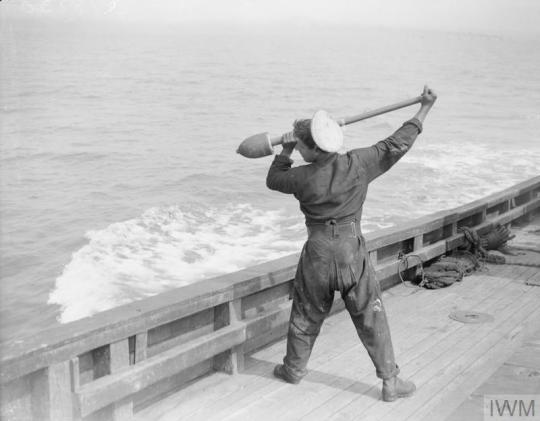
A British sailor throwing a lance bomb from a Royal Navy Drifter.
The lance bomb is exactly what it looks like. roughly 15 kilos of explosives on the end of a stick, to be thrown directly at a submarine that has surfaced alongside a ship.
Apparently one thrown from the small auxiliary ship the HMS Gleaner of the Sea (a repurposed fishing boat) hit the German submarine UB-13 and sank it in April 1916.

A Royal Navy Drifter similar to the HMS Gleaner of the Sea.
444 notes
·
View notes